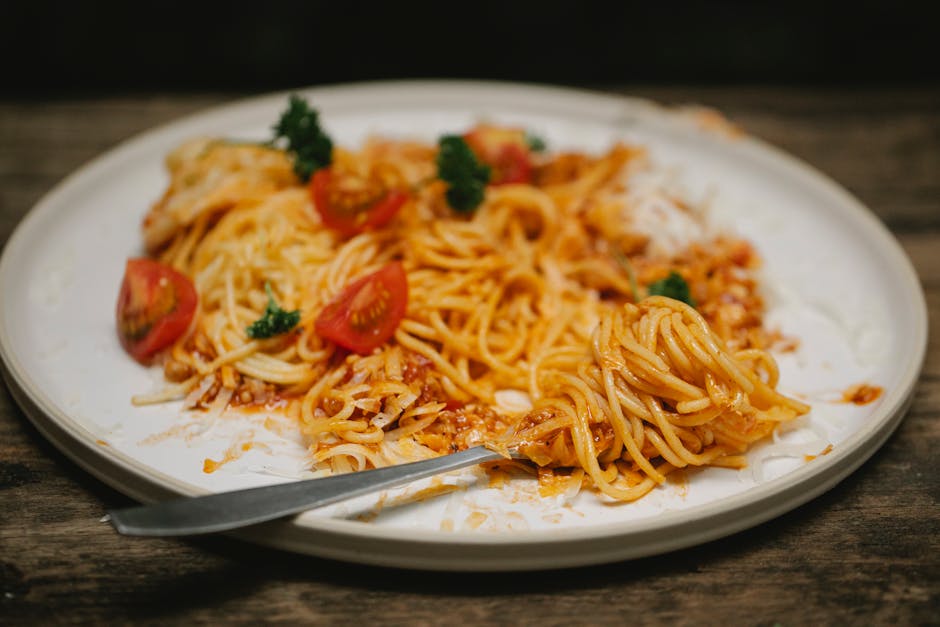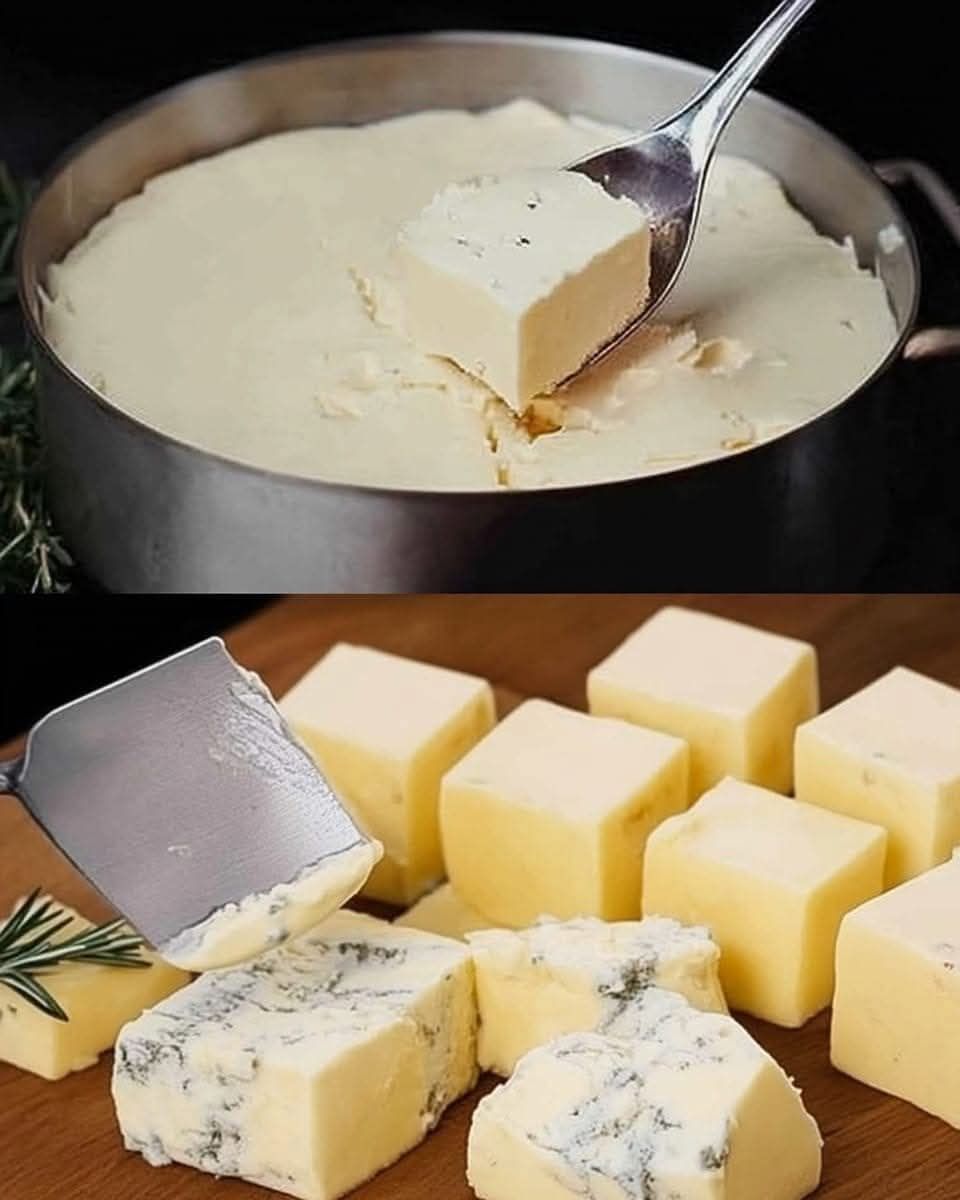Have you ever wondered how cheese is made? It might seem like a complex process best left to the professionals, but surprisingly, making your own cheese at home is simpler than you think! Imagine impressing your friends and family with creamy, delicious homemade cheese. This article will guide you through the basics of crafting your own cheese, turning everyday ingredients into culinary masterpieces.
Getting Started: Making Homemade Cheese
Making homemade cheese opens up a world of flavor possibilities. From fresh cheeses like ricotta and mozzarella to slightly more aged options, there’s a recipe for everyone. The best part? You control the ingredients, ensuring you’re using high-quality milk and enjoying a cheese free from unwanted additives. 
Understanding the Basic Ingredients
The core ingredients for most homemade cheeses are surprisingly simple:
- Milk: The foundation! Whole milk, preferably non-ultra-pasteurized, yields the best results. Pasteurized milk works, but the flavor might be slightly different.
- Acid: This helps the milk curdle. Common acids include lemon juice, vinegar, or citric acid.
- Salt: For flavor and preservation.
- Rennet (Optional): Used in some cheeses to aid coagulation, resulting in a firmer curd.

Essential Equipment You’ll Need
You don’t need fancy equipment to get started. Here’s a basic list:
- A large, heavy-bottomed pot (stainless steel is best).
- A thermometer (essential for accurate temperature control).
- Cheesecloth (for draining the curds).
- A colander (to hold the cheesecloth).
- A slotted spoon (for gently stirring the milk and curds).

Easy Homemade Ricotta Cheese Recipe
Ricotta is a fantastic cheese to begin with as it’s quick, easy, and delicious. This recipe will have you enjoying fresh ricotta in no time! 
Ingredients for Ricotta:
- 8 cups (2 quarts) whole milk, preferably non-ultra-pasteurized
- 1/4 cup lemon juice or white vinegar
- 1/2 teaspoon salt
Steps to Make Ricotta:
- Heat the milk: Pour the milk into your pot and heat it over medium heat, stirring occasionally, until it reaches 190-200°F (88-93°C). Use your thermometer to monitor the temperature accurately.
- Add the acid: Remove the pot from the heat and gently stir in the lemon juice or vinegar and salt.
- Wait for curds to form: Let the mixture sit undisturbed for 10 minutes. You should see the milk separate into curds and whey (a yellowish liquid).
- Strain the ricotta: Line your colander with several layers of cheesecloth. Carefully pour the curd mixture into the cheesecloth-lined colander.
- Drain the whey: Let the ricotta drain for 15-30 minutes, depending on how dry you want it. For drier ricotta, let it drain longer.
- Enjoy: Your homemade ricotta is ready! Enjoy it warm or cold, spread on toast, or use it in your favorite recipes.

Tips for Perfect Ricotta
- Don’t overheat the milk: Overheating can result in tough ricotta. Use a thermometer for accurate temperature control.
- Gentle stirring: Avoid vigorous stirring, as it can break up the curds too much.
- Adjust draining time: Vary the draining time to achieve your desired consistency.

Troubleshooting Common Cheesemaking Issues
Even with a straightforward recipe, things can sometimes go wrong. Here’s how to address some common issues. 
Curds Aren’t Forming Properly
If your curds aren’t forming, it could be due to:
- Using ultra-pasteurized milk: This type of milk is often treated in a way that prevents curd formation. Opt for non-ultra-pasteurized milk whenever possible.
- Not enough acid: Try adding a little more lemon juice or vinegar, a tablespoon at a time, until curds start to form.
- Temperature too low: Make sure your milk reaches the correct temperature.
Cheese Is Too Sour
If your cheese tastes too sour, it could be due to:
- Too much acid: Use the recommended amount of acid in the recipe.
- Over-draining: Draining the cheese for too long can concentrate the acid.
Cheese Is Too Dry
If your cheese is too dry, try these solutions:
- Not enough milkfat: Whole milk works best for most cheeses. Avoid using skim or low-fat milk.
- Over-draining: Reduce the draining time to retain more moisture.

Conclusion
Making homemade cheese is a rewarding experience that connects you to the origins of your food. Starting with a simple recipe like ricotta opens the door to a world of cheesy possibilities. With a few basic ingredients and some patience, you can create delicious, fresh cheese right in your own kitchen. So, grab your pot, thermometer, and milk, and get ready to embark on your homemade cheese adventure! Share your creations with friends and family and enjoy the satisfaction of knowing you made it yourself!
